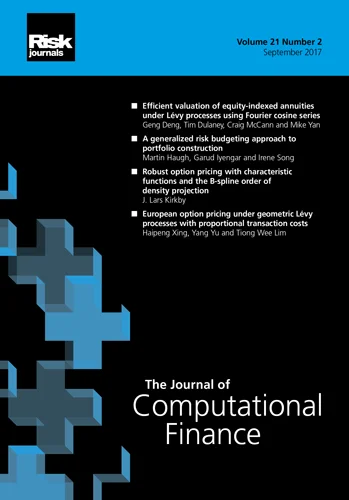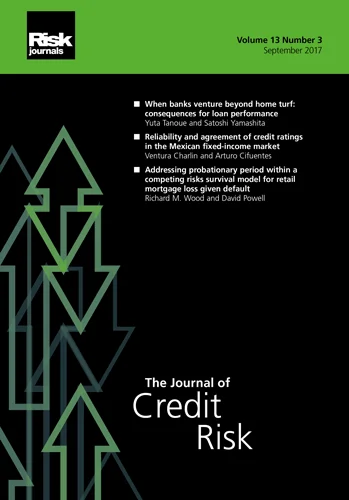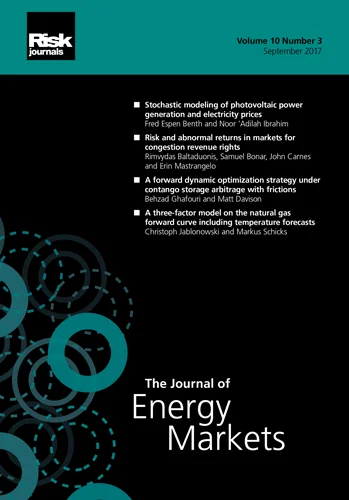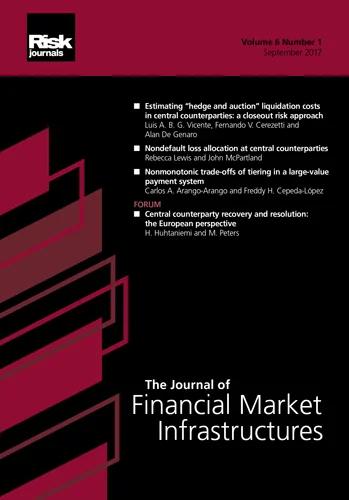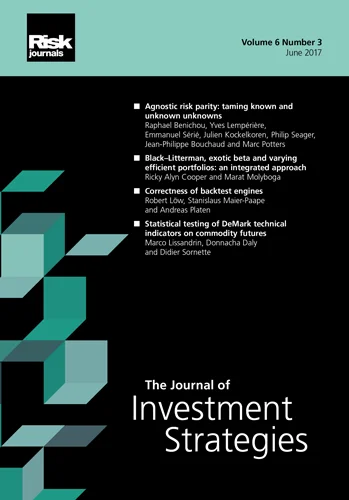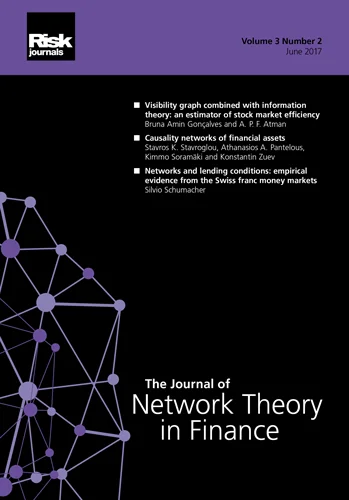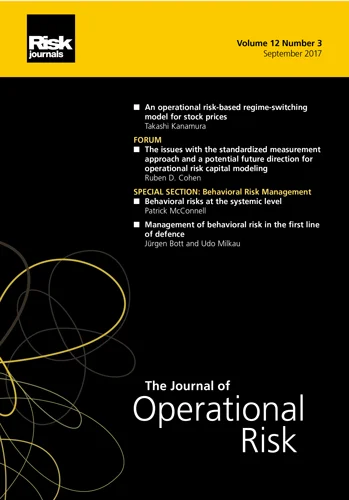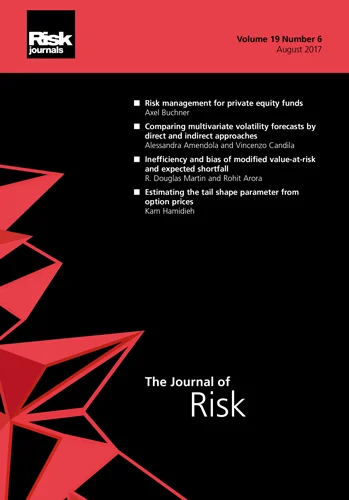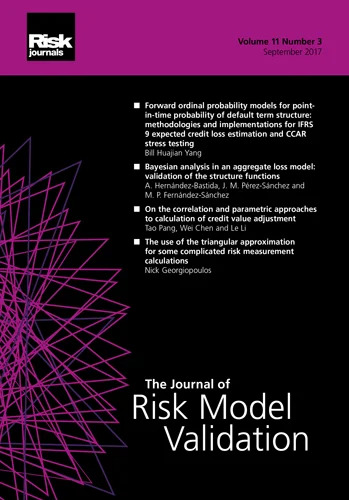Journal of Credit Risk
ISSN:
1755-9723 (online)
Editor-in-chief: Linda Allen and Jens Hilscher

How magic a bullet is machine learning for credit analysis? An exploration with fintech lending data
Need to know
- Consumer fintech lending has expanded greatly since the 2008 financial crisis.
- We apply machine learning techniques to loan-level data to determine how far these methods can produce more accurate out-of-sample default predictions.
- Other ML default studies have ignore the economic conditions faced by a borrower after origination, something we include in our model.
- Little statistically significant evidence is found that ML methods yield unequal benefits across subgroups of borrowers.
Abstract
Fintech lending to consumers has grown rapidly since the 2007–9 Great Recession. This study applies machine learning (ML) methods to loan-level data from the largest fintech lender of personal loans to assess whether these techniques can produce more accurate out-of-sample default predictions than standard regression models, as fintech advocates claim. To explain loan outcomes, the analysis incorporates the economic conditions faced by borrowers after origination—an element typically absent from other ML studies of default. For the given data, ML methods do improve prediction accuracy, especially over shorter horizons within a year. However, having more data—up to a point—enhances their relative accuracy, likely due to data or model drift over time, which can cause more complex models to misfire out of sample. Adding standard credit variables beyond a core set offers only marginal gains, implying that unconventional data must be sufficiently informative to benefit consumers with limited credit history. Finally, the study finds little statistically significant evidence that ML methods yield unequal benefits across borrower subgroups defined by risk, income, or location.
Copyright Infopro Digital Limited. All rights reserved.
As outlined in our terms and conditions, https://www.infopro-digital.com/terms-and-conditions/subscriptions/ (point 2.4), printing is limited to a single copy.
If you would like to purchase additional rights please email info@risk.net
Copyright Infopro Digital Limited. All rights reserved.
You may share this content using our article tools. As outlined in our terms and conditions, https://www.infopro-digital.com/terms-and-conditions/subscriptions/ (clause 2.4), an Authorised User may only make one copy of the materials for their own personal use. You must also comply with the restrictions in clause 2.5.
If you would like to purchase additional rights please email info@risk.net
